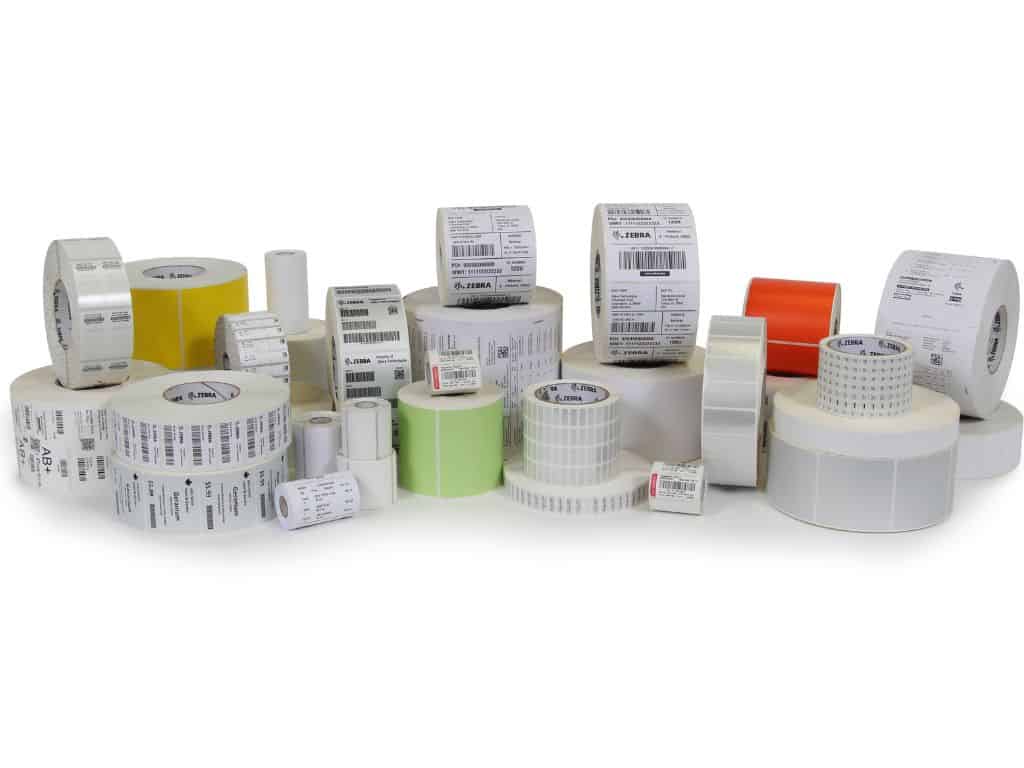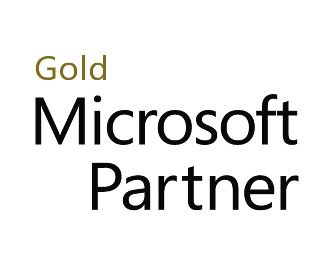Having the right equipment in the right place when you need it can mean the difference between meeting an important customer deadline and dealing with expensive downtime. But managing equipment requires more than just maintaining a list of machines, vehicles, servers, and other assets.
Equipment tracking software provides a way for businesses to keep a log of asset-related activities, track who last used each piece of equipment, optimize equipment utilization, improve lifecycle management, and make sure the company follows the correct maintenance and replacement schedules for each piece of equipment.
Companies can use serial numbers, barcode labels, or RFID tags for keeping track of what equipment is at which location, but it’s the software that manages that information that can turn that data into actionable business intelligence. With equipment tracking software, companies can:
1. Easily create a comprehensive list of all company assets for more efficient distribution and usage. Equipment tracking systems help companies schedule and track usage to avoid employee downtime while they wait for equipment to become available. Companies can also optimize the assignment of crews and equipment to job sites, and determine what vehicles or equipment may be idle. When you need to find a specific piece of equipment, the software can help locate items and quickly re-assign them.
2. Ensure scheduled maintenance is performed. Automated scheduling, reminders and escalation features of these solutions can prevent equipment inadvertently falling out of calibration.
With properly maintained and calibrated equipment, you can ensure that you are making good, quality products. The maintenance management features of an equipment tracking system ultimately help reduce costs because there will be fewer unexpected equipment failures, downtime can be scheduled to reduce production disruptions, and assets can have longer operational lifetimes.
Equipment tracking also reduces the time spent by mechanics and maintenance foremen searching for equipment that is due for maintenance. Technicians and mechanics charge for their time on site whether they are working or simply looking for equipment. Having an accurate record of where things are can save money and make maintenance staff more productive.
3. Track equipment on hand and historical usage patterns to avoid purchasing unnecessary machinery. Accurate asset location and usage data can help companies re-balance inventories at different locations based on need, eliminate unnecessary or idle equipment, and improve productivity by making sure employees have the equipment they need, when they need it.
Foremen and managers no longer have to waste time looking for equipment after shift changes, and managers can easily see when additional equipment has to be purchased to meet increased demand — and they can cost justify each of those purchases with hard data.
4. Improve staff accountability for equipment. By requiring employees to check-out equipment, companies can improve tracking accuracy and prevent losses and theft, as well as reduce the downtime spent searching for those lost assets. Equipment tracking software creates an accurate record of who last used each piece of equipment, which makes it easier to track down any missing items. With operational alerts, security tracking, and even geofencing capabilities (in the case of vehicles or heavy equipment), you can receive alerts for unauthorized usage or if equipment is moved out of pre-determined locations.
Too often, equipment management processes turn into a never-ending scavenger hunt that results in wasted time and effort, lost revenue, unexpected project delays, and staff frustration. With the right equipment tracking software in place, your employees can spend less time searching for assets and more time doing their jobs.









